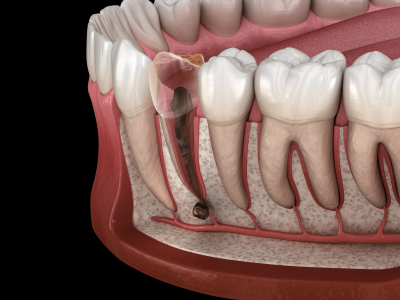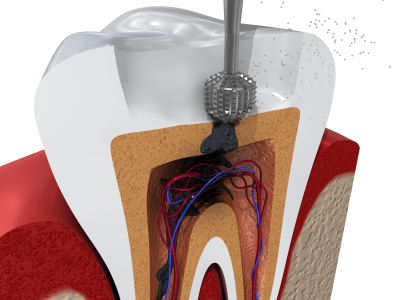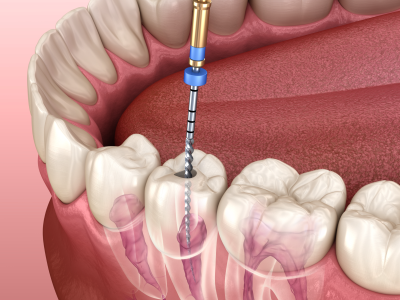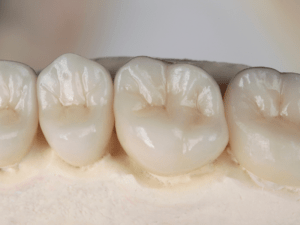Tooth preservation
The preservation of every patients teeth is especially important to us. Our goal is to prevent any kind of tooth loss for as long as possible.
- All public and private health insurances accepted
Online scheduling
Book your next appointment easily online:
Contact
The best time to reach us is by phone from 8 am - 1 pm:
Location
Wagramer Straße 25/1/B-2
1st floor - barrier-free access
1220 Vienna
Thanks to modern dentistry, teeth that previously had to be removed can nowadays be preserved without any problems. A tooth extraction is therefore always only the last resort with us. Depending on the tooth defect or disease, we have numerous conservative treatment methods available for long-term tooth preservation. After a check-up, we discuss all treatment options with you. In doing so, it is always a major goal of ours to remain transparent in terms of the advantages and disadvantages as weil as possible upcoming costs.
Fillings
Plastic/composite fillings, but also amalgam, are suitable for small to medium-sized defects. For a long-term solution we can resort to glass ionomer cements.
Advantages
Can be made in one session.
Composite fillings can be stressed immediately.
Minimally invasive substance removal: Composite fillings are bonded and can be worked on in relation to the defect, i.e. no more substance needs to be removed than necessary.
Disadvantages
Aesthetics of amalgam fillings.
There is an increased risk of fracture with large fillings.
Composite shrinks when light-cured. The risk of marginal gap formation is increased with large fillings.
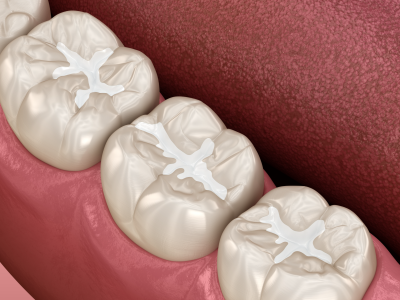
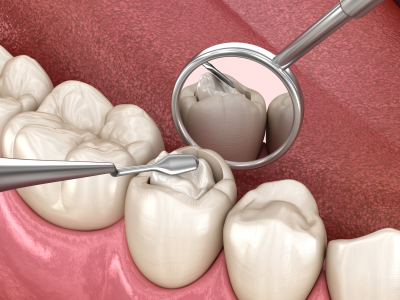
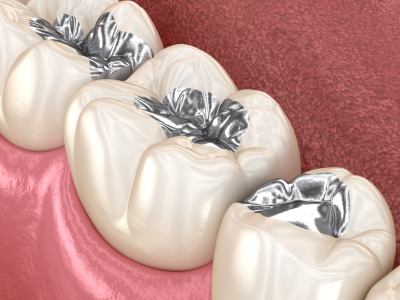
Inlays/Onlays
For medium to large substance losses, we recommend custom-made restorations made of ceramic or gold.
Advantages
Perfect fit, as individually manufactured in the laboratory
Best marginal seal, low bacterial colonization
Durability
Hardness similar to natural tooth
Very good chewing function
Ceramic offers the best aesthetics.
Disadvantages
More time consuming - 2 appointments necessary
More costly
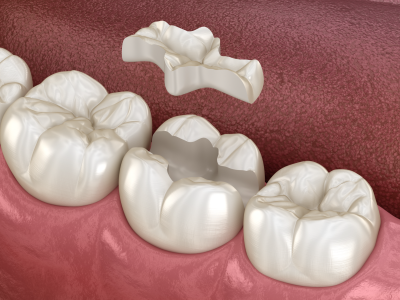
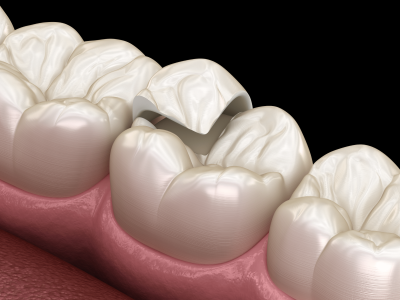
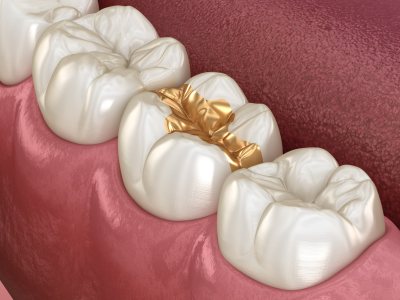
Periodontal treatment
If not all bacterial plaque is regularly removed from the teeth, it causes gingivitis (inflammation of the gums). These gum diseases usually go unnoticed for a very long time. Bacteria enter the gum pockets and multiply. Due to genetic predisposition or the presence of other diseases, such as e.g. diabetes mellitus dental diseases can worsen. But an unbalanced diet, stress, smoking, or a side effect of certain medications can also lead to an exacerbation. Gingivitis progresses unnoticed and the periodontium is attacked.
Inflammation of the periodontium (periodontitis) is often completely painless for patients. However, if periodontitis is not treated promptly and comprehensively, it leads to tooth loosening, changes in tooth position or even loss of the affected teeth. 70% of tooth loss in adults is due to periodontitis.
Periodontal treatment can stop the chronic inflammation and progressive degradation of the jawbone.
The patient’s cooperation is crucial for a good treatment result. Treatment begins with thorough cleaning of the teeth to reduce the number of bacteria. During the first treatment, the severity of periodontitis and the number of sessions needed are determined. In the following cleaning sessions, the plaque below the gums and in the gingival pockets is removed.
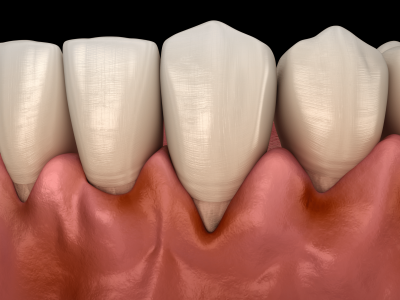
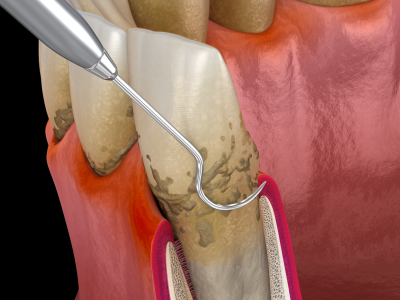
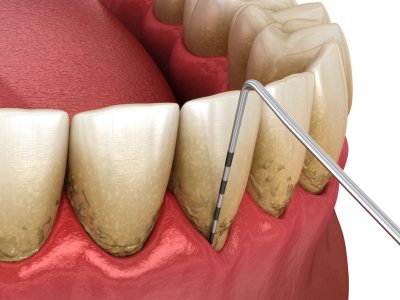
Root canal treatments/
Endodontics
Root canal treatment/Endodontics
Due to caries or accidents your teeth can get damaged and die, then a root canal treatment is necessary. A root canal treatment is the only way to save a diseased tooth. The only alternative is tooth removal.
Inside the tooth are nerve fibers, blood and lymph vessels, and connective tissue – called the pulp.
If this becomes inflamed and is not treated, bacteria can destroy the entire dental pulp and penetrate the jawbone unhindered, this can lead to bone resorption and purulent inflammation.
Root canal treatment requires the removal of all bacteria from the canal, which is achieved with special instruments and chemical rinsing solutions. The treatment is very complex, because the root canals are often curved or strongly branched. If not all bacteria are removed, the inflammation may reoccur after some time.
The tooth can still be preserved after a successful root canal treatment, even without the nerve. For long-term tooth preservation, subsequent tooth rehabilitation is critical, as root-treated teeth often become brittle over time and fracture more easily than living teeth.
If there is a large loss of substance, we recommend a pin crown for stability.
